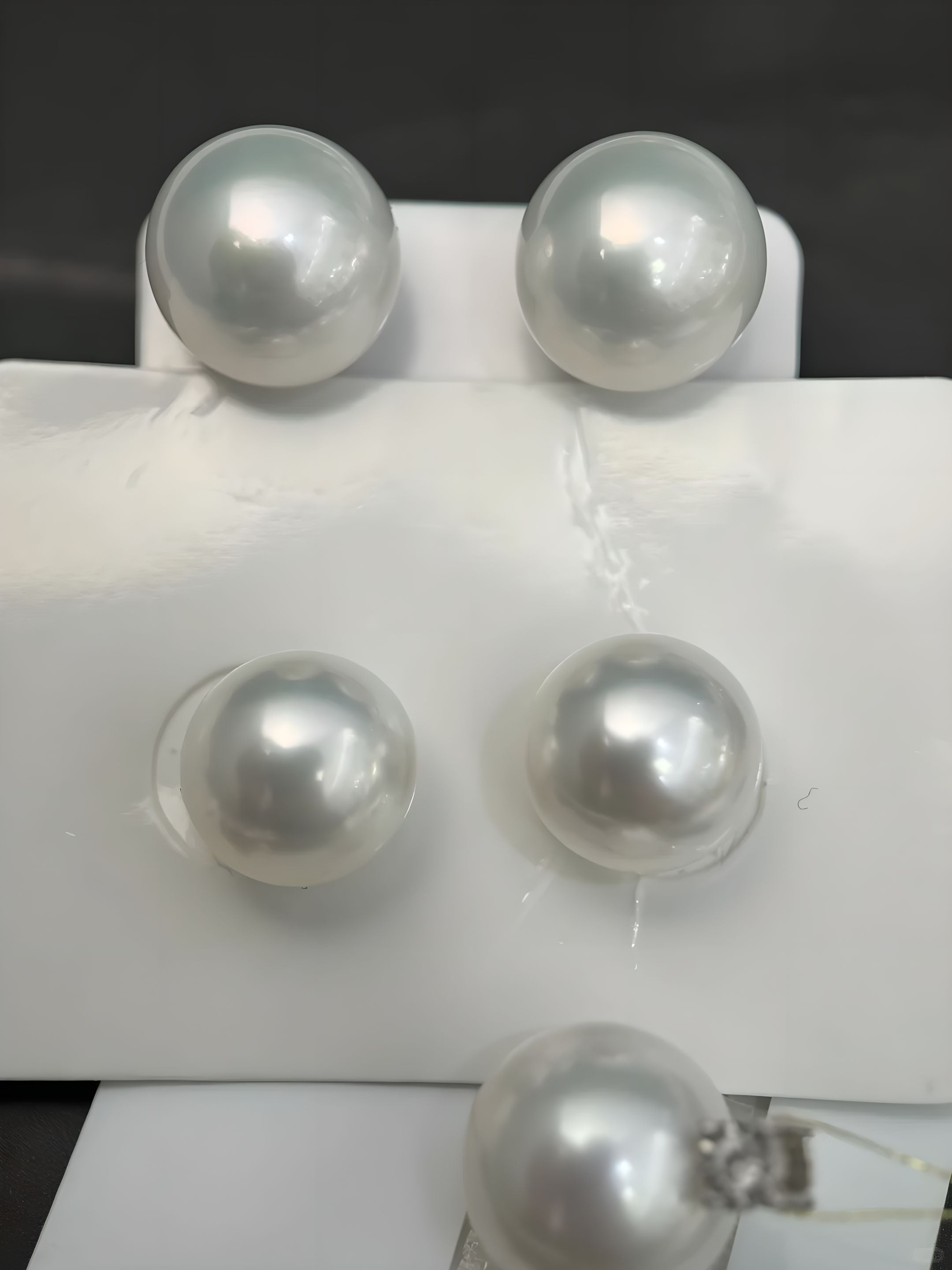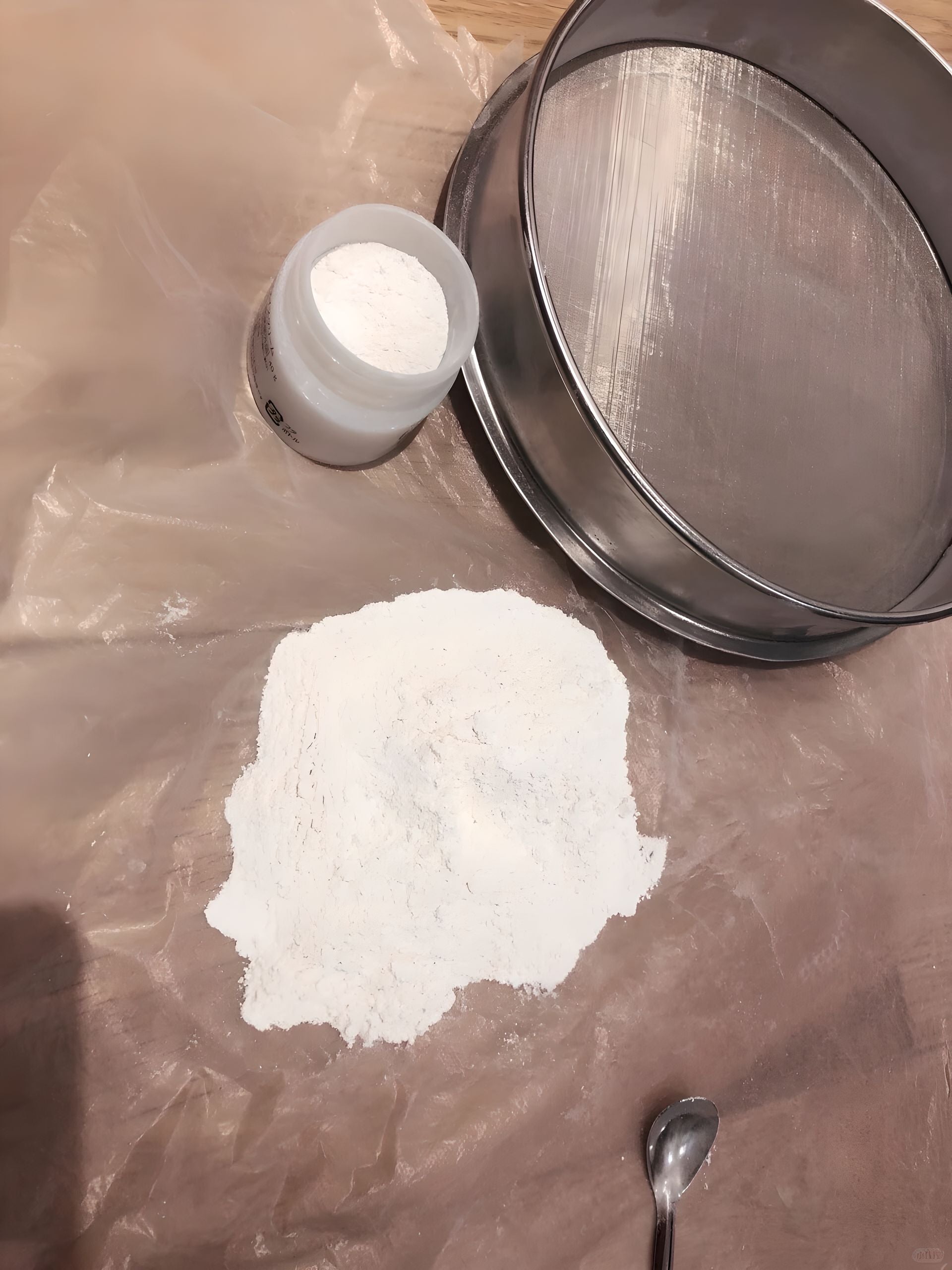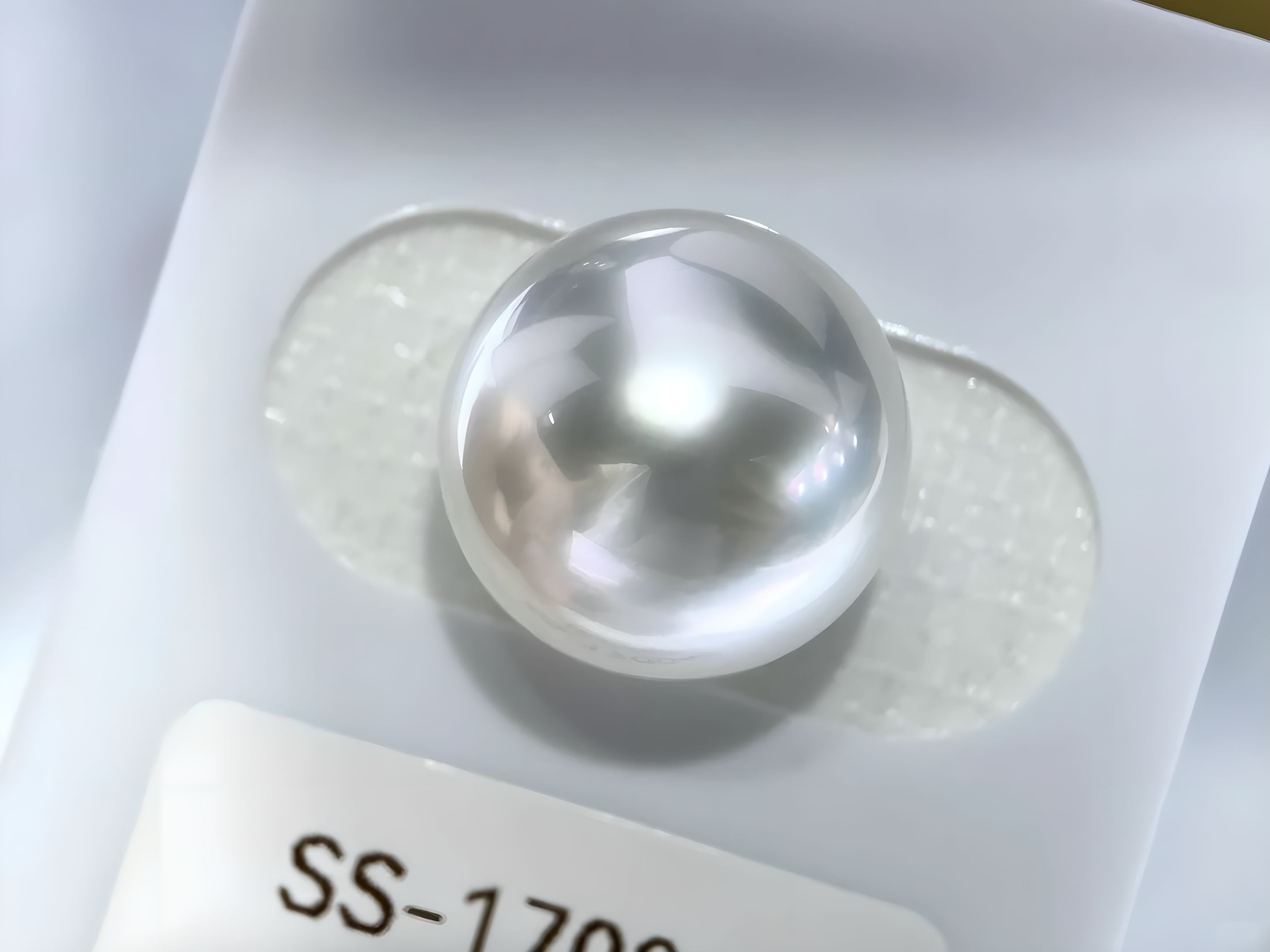
Freshwater vs. Saltwater Pearls?
Freshwater vs. Saltwater Pearls: Understanding the Distinctions in Nature’s Gems
Introduction
Have you ever marveled at the delicate shimmer of a pearl and wondered about its journey from ocean or lake to velvet-lined boxes? With every lustrous orb telling a story of its origins, the choice between freshwater pearls and saltwater pearls often raises intriguing questions. In the world of luxury and elegance, knowing the difference not only enhances your appreciation but also guides your buying decisions. Let’s dive into the ocean of knowledge and explore what sets these gems apart.

The Birthplace of Pearls: Freshwater vs. Saltwater
The fundamental difference between freshwater and saltwater pearls lies in their origin. Freshwater pearls are typically cultivated in lakes and rivers, largely produced in China, while saltwater pearls hail from oysters found in oceans, with notable locations including Japan, Tahiti, and Australia. According to the Gemological Institute of America (GIA), the cultivation environments significantly influence the pearls’ characteristics.
“Freshwater pearls are prized for their unique shapes and colors,” says Dr. Mike Pearlstein, a gemologist with 20 years of experience in the industry. On the other hand, saltwater pearls, often associated with classics like Akoya, South Sea, and Tahitian pearls, are renowned for their prestigious round form and deep luster.
Characteristics: Luster, Shape, and Color
When it comes to physical attributes, the differences between these pearls become more pronounced. Freshwater pearls are known for a softer luster yielding an alluring glow that can vary greatly in shape—from the perfect sphere to eclectic baroque styles. The natural palette of freshwater pearls is diverse, presenting whites, pinks, and purples, making them ideal for artistic and unique jewelry pieces. As detailed by industry experts at Pearl Paradise, the variety in quality and appearance makes freshwater pearls highly sought after.
Saltwater pearls, with their exquisite luster and near-perfect roundness, exhibit a reflective brilliance that is unparalleled. Their color spectrum is striking, with Akoya pearls offering cream and silver hues, while the Tahitian variety presents dark, captivating shades of black, gray, and green. These characteristics make saltwater pearls a staple of timeless elegance.
Durability and Value
Pricing and durability are also key differences that buyers cannot overlook. Freshwater pearls are generally more affordable owing to their abundance and size variation, yet they adorn a wide array of fashionable jewelry due to their versatility and charm.
Conversely, saltwater pearls, with their limited availability and larger sizes, often carry a heftier price tag. Their durability, however, is superior thanks to the thickness of their nacre, which not only offers resilience but promises a sustained elegance, as noted by jewelry experts in The Pearl Source.
Cultivation and Environmental Impact
While the allure and elegance of pearls are undeniable, the process of pearl cultivation raises important environmental questions. Freshwater pearl farming typically involves the use of mussels, which can be cultivated without the use of intensive ocean resources. Saltwater pearl cultivation requires oysters in oceanic farms, which can be more environmentally taxing.
“Environmental sustainability in pearl cultivation is a growing concern,” asserts Linda Greenwater, an environmental scientist specializing in aquaculture. Understanding where and how your pearls are sourced can inform responsible consumer choices that support sustainable practices in the jewelry industry.
Conclusion
In the world of pearls, the choice between freshwater and saltwater extends beyond aesthetics, embodying a dialogue between diversity, rarity, tradition, and sustainability. Whether ensnared by the quirky charm of freshwater pearls or captivated by the lustrous depth of saltwater varieties, both options offer unique expressions of beauty.
By understanding these differences, you not only enrich your shopping experience but also contribute to conversations around environmental responsibility in the world of luxury goods. Next time you consider adding a string of pearls to your collection, you’ll have an intimate knowledge of their delicate origins and the elegance they embody.
Keyword Tags:
- Freshwater Pearls
- Saltwater Pearls
- Pearl Jewelry
- Pearl Characteristics
- Luxury Goods and Pearls



Leave a comment
This site is protected by hCaptcha and the hCaptcha Privacy Policy and Terms of Service apply.